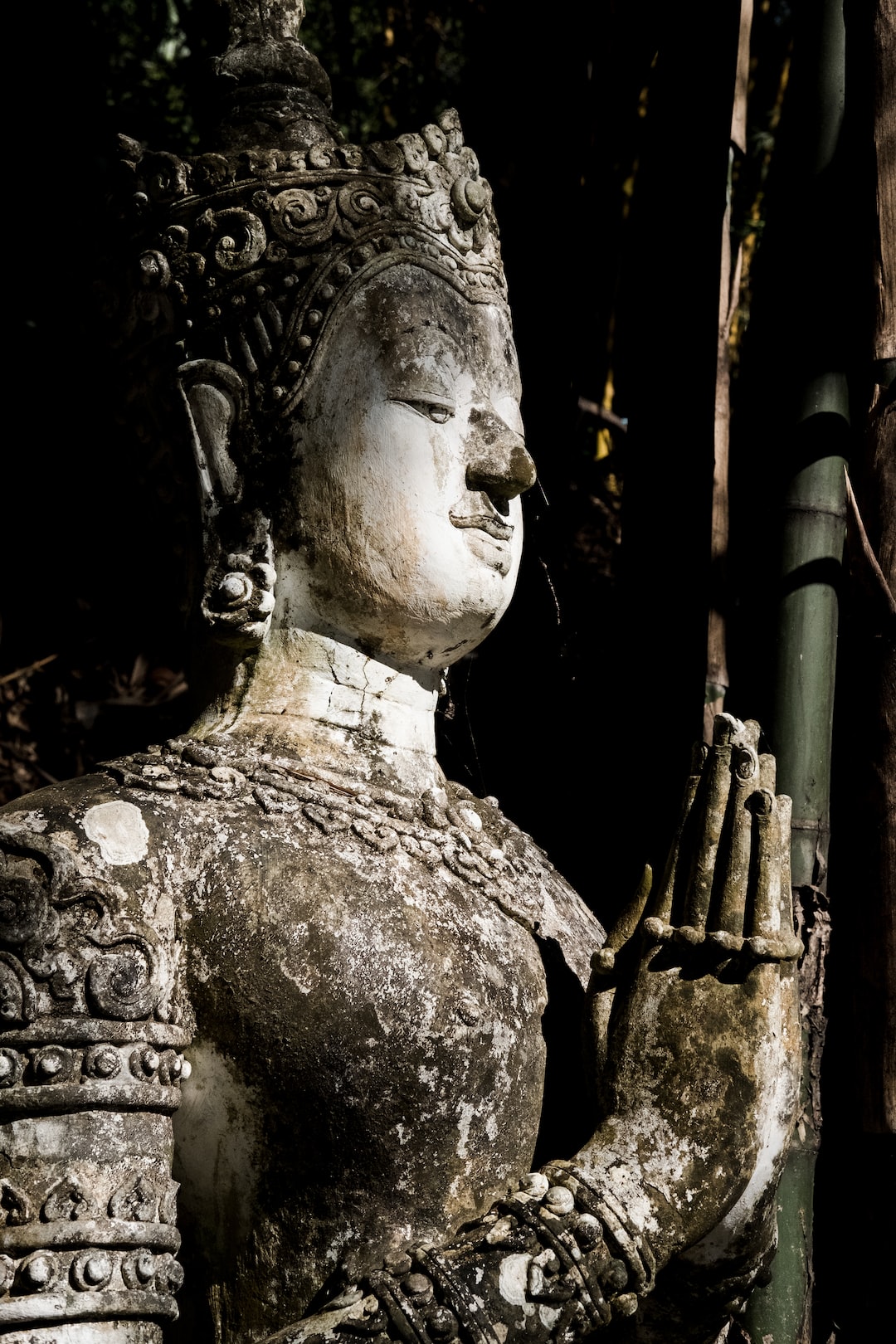The separation of church and state, also known as ‘the wall of separation’, is a concept that has been debated for centuries. Many countries, including the United States, have the principle enshrined in their constitutions, but its implementation and interpretation have been heavily contested. The debate over the separation of church and state is multifaceted, encompassing religious, legal, and philosophical considerations.
While the idea of separating church and state has been expressed since ancient times, it gained particular significance in the context of Europe’s religious wars in the 16th and 17th centuries. The wars pitted Protestant and Catholic factions against each other, leading to devastation and loss of life. Many thinkers, including John Locke, argued that separating church and state would help prevent such conflicts from occurring in future. His writings influenced many of the American Founding Fathers and helped shape their ideas of the appropriate relationship between religion and government.
However, defenders of state religion argue that it can bring stability and unity to society. They point to countries like the United Kingdom, where the Church of England is the established church and has long provided a sense of tradition and continuity. Critics of state religion argue that it can be used to justify discrimination and persecution of minority religions or atheists.
The United States Constitution’s First Amendment stipulates that “Congress shall make no law respecting an establishment of religion, or prohibiting the free exercise thereof.” Although the establishment clause forbids the government from preferring one religion over others, or creating an official state religion, it also mandates that the government cannot unduly interfere with citizens’ religious practices. The free exercise clause protects individuals from discriminatory treatment because of their religion. However, since the Supreme Court is tasked with interpreting these clauses, there has been considerable disagreement about how they should be applied.
One of the most contentious issues in the debate over the separation of church and state is what role religious symbols should play in public spaces. Supporters of religious symbols, such as religious displays on government property, argue that they are an important component of the country’s cultural and religious heritage. In contrast, opponents argue that these displays can send the message that the government endorses one religion over others, and can make minority groups feel excluded. The Supreme Court has issued a series of rulings on this issue, balancing the need to preserve free expression with the need to maintain a neutral public space.
Overall, the separation of church and state is an ongoing issue that will continue to be debated for many years. Issues such as religious symbols in public spaces and government funding of religious organizations will continue to generate heated disagreement. As our society becomes more diverse and multicultural, the need to strike the right balance between the free exercise of religion and the government’s responsibility to remain neutral will become even more important.
